What are the Medicare Plans in West Virginia?
Orginial Medicare Part A & Part B
Original Medicare is made up of two parts:
Part A (Hospital Insurance) covers inpatient services, like hospital care, care received at a skilled nursing facility, and hospice care.
Part B (Medical Insurance) covers outpatient medical services and supplies that are considered medically necessary. Part B also covers some preventive care, like flu shots and cardiovascular screenings.
It’s important to recognize that Original Medicare does not cover everything. For example, it generally does not cover prescription medications, hearing exams/hearing aids, long term care, dental care, or eyeglasses. That’s why there is a wide variety of different types of Medicare plans available, to help obtain a more comprehensive coverage.
Medicare Advantage Plans (Part C)
Medicare Advantage plans are provided by Medicare-approved private insurance companies and work as an alternative to Original Medicare (Parts A and B). These plans must provide the same coverage as Original Medicare (with the exception of hospice care, which remains covered by Part A). They can also provide additional benefits, such as dental, vision, and prescription drug coverage. Medicare Advantage plans with prescription drug coverage are called Medicare Advantage Prescription Drug (MAPD) plans.
To enroll in a Medicare Advantage plan, you must first be enrolled in both parts of Original Medicare. Premiums for these plans can start at $0, increasing with the level of coverage selected. You’ll need to continue paying your Part B premium in addition to your Part C premium.
Medicare Prescription Drug Plans (Part D)
Prescription Drug coverage is generally not covered by Original Medicare or Medigap Plans. Stand-alone Prescription Drug plans, offered by Medicare-approved private insurance companies, work alongside Original Medicare (Parts A and B) to add prescription drug coverage. With these plans, a tier system is used to grade medications, and copays/coinsurance for each medication are set in accordance with their tiers. Drugs graded in the lowest tiers have the lowest copays/coinsurance, and vice versa. Each plan provides a drug formulary for you to see which tier(s) your medications fall into. This allows you to compare plans and select one with the best overall value for your specific prescription needs.
Medicare Supplement Plans (Medigap)
Medicare Supplement plans add an additional layer of coverage to your Original Medicare by filling in coverage gaps. Medigap plans are provided by Medicare-approved private insurance companies and work alongside your Original Medicare to help reduce your out-of-pocket costs by paying certain healthcare costs, like copayments, coinsurance, and deductibles.
Medicare Initial Enrollment Period

7-Month Initial Enrollment Period | Begins 3 months before the month you turn 65
*Signing up for Parts A and B during months 5,6, and 7 may result in delayed coverage.
KEY FACT: The General Enrollment Period provides you an opportunity to enroll in Original Medicare if you missed your IEP. This period occurs every year from January 1st to March 31st. Then, you’ll have an opportunity to select a Medicare Advantage Plan from April 1st through June 30th.

